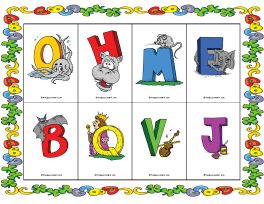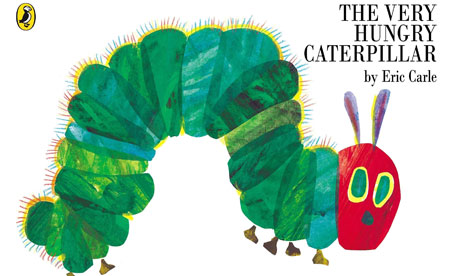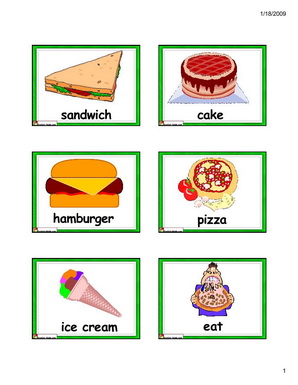Thought I’d give you a book that probably everyone has stored somewhere on their bookshelves- Hop on Pop by Dr. Seuss! If you don’t have it, get it immediately! It’s perfect for learning rhyming words and word families for your little one.
Activities:
LISTENING - This may be loud, but fun! Grab some balloons and have your child sit in the middle of the room with his/her eyes closed. Pop the balloon in one corner. Can your child identify the corner? Try popping more than one balloon and see if he/she can tell you how many popped.
RHYMING - Use Wikki Sticks , Twizzlers, string, highlighting tape , etc. to cover up words that rhyme. Make sure you have A LOT!
WORDS/SENTENCES - Turn to the last page where is says “What does this say?” Write each word on a card by itself. Read it all together fast as it’s written on the paper. Ask your child if they hear any words inside of the long train of sounds (see, he, me, we, etc.). Next, show the cards with each word on one and say them slowly. Demonstrate pulling that long stretch of words apart to show each individual word. Can your child do it? Now, can they cover up each individual word in the book while looking at the cards?
SYLLABLES - There are very few multisyllabic words in this story. Challenge your child to listen for some. Enunciate them when you hear it.
INITIAL/FINAL SOUNDS - Use this BINGO CARD to identify beginning or ending sounds. Make sure you use the picture BINGO cards all the way at the bottom. At this stage, your child doesn’t necessarily know how to match print with sound, but they should start to recognize sounds they hear. Have your child point to each picture when they hear a word that starts or ends with the same sound. You can cross off or use markers to play BINGO. See if your child can get a row across or fill them all in!
PHONEMES - Use these BINGO cards again for when your child hears a certain sound within a word. For example, when they hear the A in PAT, they can cover up the apple . I would scroll down and use the picture BINGO cards first, unless your child can match letters with sounds.
LETTERS/SPELLINGS - So many word families in this book! Pick one and use letter tiles to demonstrate how easily you can change from one word to another. For example, show how RED can become NED, TED, ED or BED. The website for letter tiles uses either upper or lower case letters. Be sure to use them interchangeably so your child learns them.









